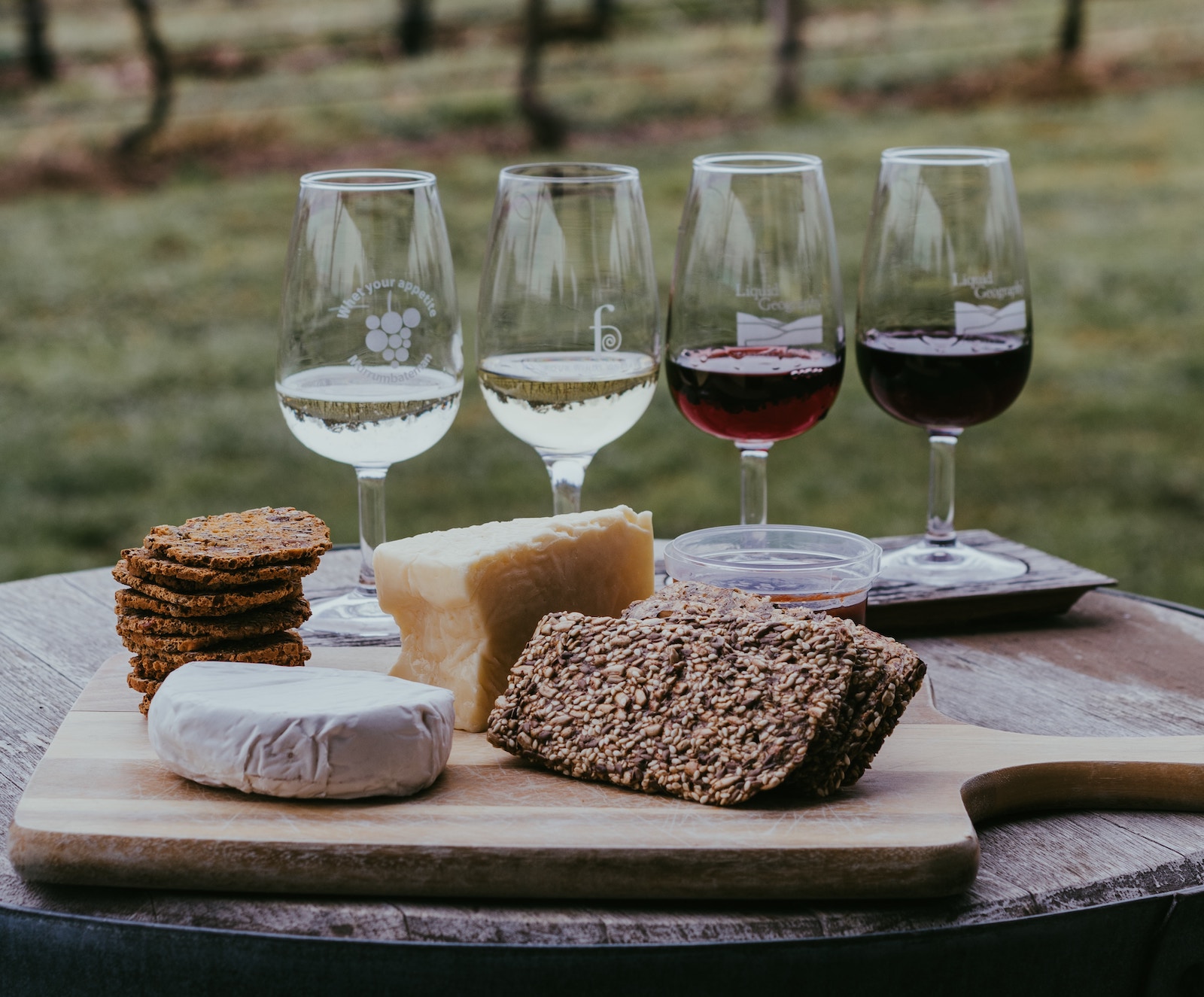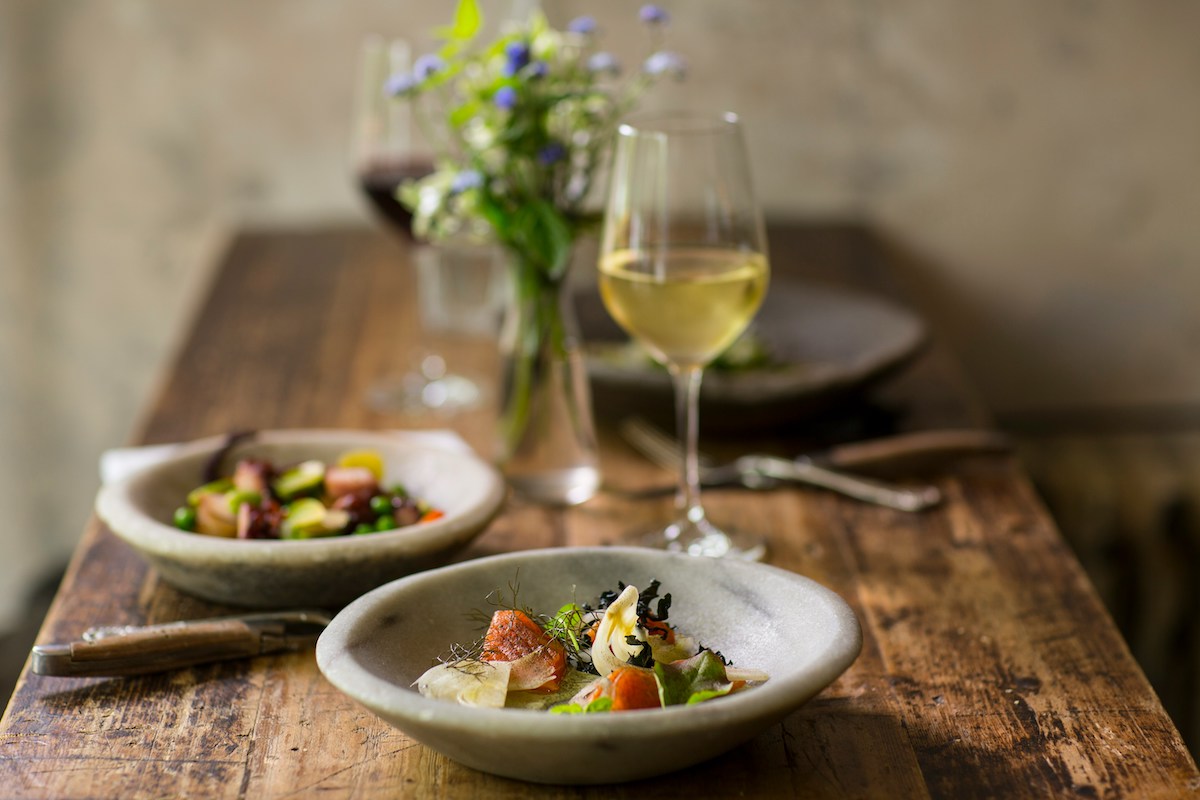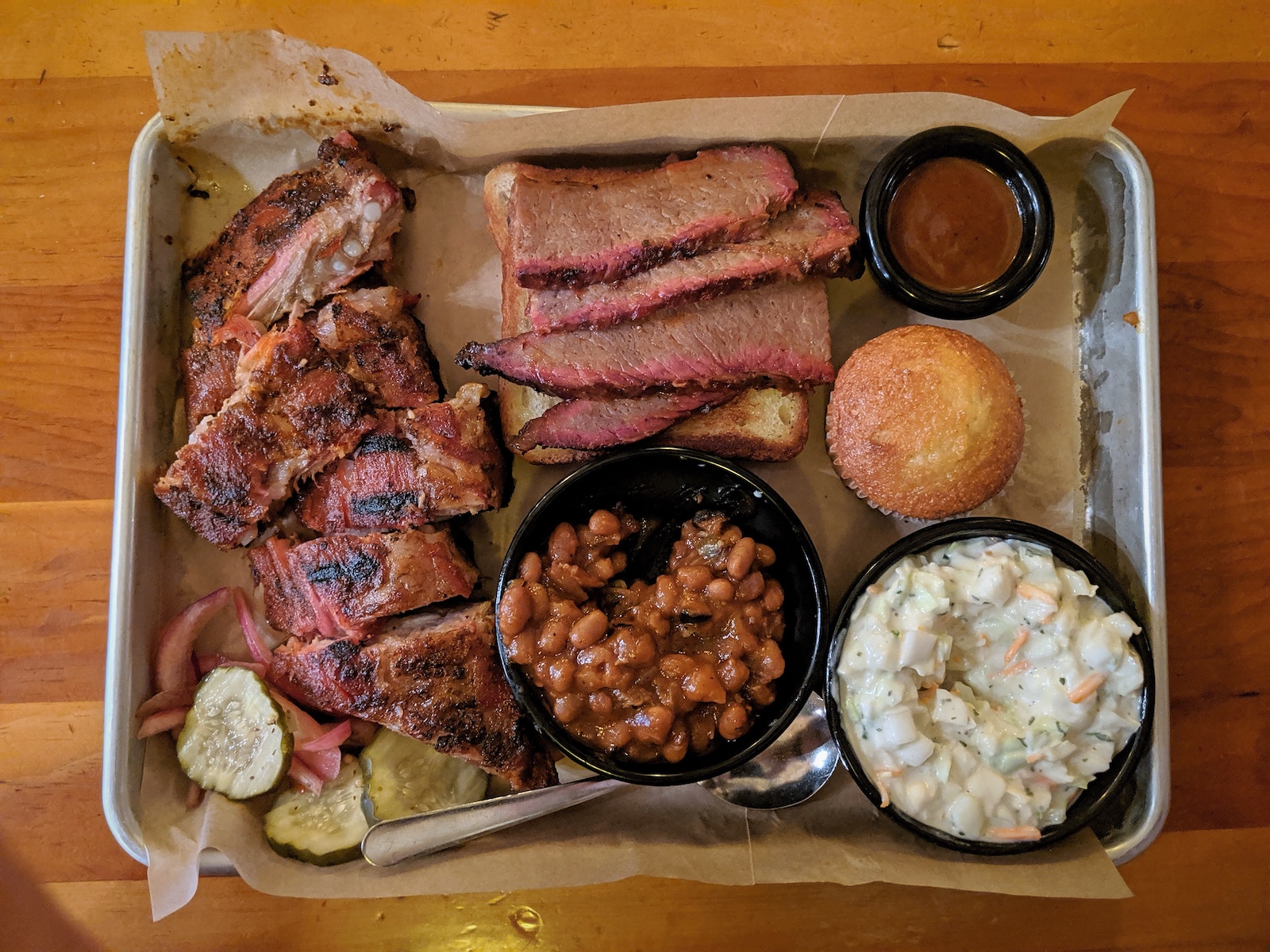
Mastering the art of food and wine pairing is an essential skill for any food enthusiast. The right pairing can elevate a meal to new heights and create an unforgettable dining experience. With so many different types of wine and food, it can be challenging to know where to start. Fortunately, in Texas, there are plenty of options for mastering the art of food and wine pairing.
Texas is home to a diverse range of culinary traditions, from barbecue to Tex-Mex to Gulf Coast seafood. Each of these cuisines presents unique challenges when it comes to wine pairing. However, with a little knowledge and experimentation, you can find the perfect wine to complement any dish. Whether you prefer a bold red with your brisket or a crisp white with your ceviche, there is a wine out there that will enhance the flavors of your food.
In this article, we will explore the basics of food and wine pairing and provide some tips for mastering this art in the Lone Star State. From the Hill Country to the Gulf Coast, we will cover the best wine varietals to pair with Texas cuisine and offer some suggestions for restaurants that excel at food and wine pairing. So, whether you’re a seasoned wine connoisseur or a curious beginner, read on to discover the secrets of mastering food and wine pairings in Texas.
Understanding the Basics of Food and Wine Pairing
Pairing food and wine is an art form that requires some basic knowledge and understanding of the various components of both. There are a few factors to consider when selecting a wine to pair with a dish, such as taste, sweetness, acidity, and flavor intensity. Below are some essential basics to keep in mind when pairing food and wine.
Balance is Key
When it comes to pairing food and wine, balance is key. The wine should complement the dish, not overpower it. One way to achieve balance is to pair a wine with a dish that has similar flavor intensity. For example, a bold red wine pairs well with a rich, fatty dish such as steak, while a light white wine pairs well with a delicate dish such as fish.
Consider the Sauce
The sauce used in a dish can also affect the wine pairing. A tomato-based sauce pairs well with a bold red wine, while a cream-based sauce pairs well with a buttery Chardonnay. When pairing wine with spicy dishes, consider a sweet wine to balance out the heat.
Sweetness and Acidity
When pairing wine with a dish, consider the sweetness and acidity of both. A wine should be more acidic than the dish it is paired with, and sweeter wines pair well with salty or spicy dishes. For example, a sweet Riesling pairs well with spicy Asian cuisine, while a dry Sauvignon Blanc pairs well with tangy citrus flavors.
Tannins and Texture
Tannins are compounds found in red wine that can affect the texture of a dish. Tannic wines pair well with protein-rich dishes such as steak or lamb. When pairing wine with a dish that has a creamy or buttery texture, consider a wine with lower tannins.
Aroma and Flavor
The aroma and flavor of a wine can also affect the pairing. For example, a Cabernet Sauvignon has a bold, fruity flavor that pairs well with a rich, meaty dish. A Pinot Noir, on the other hand, has a lighter, fruitier flavor that pairs well with a lighter dish such as chicken or fish.
In conclusion, mastering the basics of food and wine pairing can elevate any meal. By considering the taste, sweetness, acidity, tannins, and flavor intensity of both the wine and dish, you can create a balanced and enjoyable pairing.
Identifying Key Wine Varieties in Texas
When it comes to wine varieties in Texas, there are several that stand out. Here are some of the most popular ones:
Red Wines
- Tempranillo: This is a Spanish grape variety that is grown in Texas. It is known for its rich, full-bodied flavor and is often compared to Cabernet Sauvignon.
- Cabernet Sauvignon: This is a classic red wine that is grown all over the world, including Texas. It is known for its bold flavors and high tannin content.
- Merlot: This is another classic red wine that is grown in Texas. It is known for its soft, fruity flavors and is often used in blends.
- Barbera: This is an Italian grape variety that is grown in Texas. It is known for its high acidity and fruity flavors.
White Wines
- Chardonnay: This is a popular white wine that is grown in Texas. It is known for its buttery, oaky flavors and is often aged in oak barrels.
- Sauvignon Blanc: This is a crisp, refreshing white wine that is grown in Texas. It is known for its citrusy flavors and high acidity.
- Chenin Blanc: This is a white wine that is grown in Texas. It is known for its fruity, floral flavors and is often used in blends.
- German Riesling: This is a white wine that is grown in Texas. It is known for its sweetness and fruity flavors.
Rosé
- Dry Rosé: This is a refreshing wine that is perfect for summer. It is made by leaving the skins of red grapes in contact with the juice for a short period of time, giving it a pink color.
- Rosé: This is a light, fruity wine that is perfect for sipping on a hot day. It is made by blending red and white wines together.
Sparkling Wines
- Champagne: This is a sparkling wine that is made in the Champagne region of France. It is known for its light, bubbly texture and is often used for celebrations.
- Vin Jaune: This is a unique wine that is made in the Jura region of France. It is known for its nutty, oxidized flavor and is often paired with cheese.
- Tokaji: This is a sweet, dessert wine that is made in Hungary. It is known for its honeyed, apricot flavors and is often paired with foie gras.
When it comes to wine tasting, it is important to pay attention to the body and acidity of the wine. Full-bodied wines are heavier and have a higher alcohol content, while lighter-bodied wines are more delicate. Acidic wines have a higher level of acidity, which gives them a crisp, refreshing taste.
Overall, Texas has a lot to offer when it comes to wine varieties. Whether you prefer red, white, or rosé, there is something for everyone to enjoy.
Mastering Pairings with Texas Cuisine
Texas cuisine is known for its bold flavors and hearty meats, making it a challenge to pair with wine. However, with a little knowledge and experimentation, you can find the perfect wine to complement your favorite Texas dishes.
Red Meat
When it comes to pairing wine with red meat, it’s all about tannins. The fat in the meat softens the tannins in the wine, creating a perfect balance of flavors. For Texas-style BBQ, try pairing a full-bodied red wine, such as a Cabernet Sauvignon or a Syrah. These wines can stand up to the bold flavors of smoked meats and spicy BBQ sauce.
Chicken and Pork
For chicken and pork dishes, consider a medium-bodied red wine, such as a Pinot Noir or a Zinfandel. These wines have lower tannins and pair well with lighter meats. If you’re looking for a white wine, try a Chardonnay or a Viognier. These wines have enough body to stand up to the flavors of grilled or roasted chicken and pork.
Seafood
When it comes to seafood, there are a few different wine options to consider. For lighter fish dishes, such as sea bass or oysters, try a dry, crisp white wine, such as a Sauvignon Blanc or a Pinot Grigio. For richer fish dishes, such as salmon or tuna, consider a full-bodied white wine, such as a Chardonnay or a Viognier. If you’re feeling adventurous, try pairing caviar with a dry sparkling wine, such as a Brut or a Blanc de Blancs.
Cheese and Desserts
When it comes to pairing wine with cheese and desserts, it’s all about finding the right balance of flavors. For rich, creamy cheeses, such as Brie or Camembert, consider a full-bodied red wine, such as a Pinot Noir or a Merlot. For dessert, try pairing a sweet wine, such as a Port or a Muscat, with chocolate or fruit-based desserts.
Overall, the key to mastering food and wine pairings with Texas cuisine is to experiment and find what works best for your palate. Don’t be afraid to try new things and step outside your comfort zone. With a little practice, you’ll be able to impress your guests with perfectly paired Texas-style meals and wines.
Contrasting and Congruent Pairings
When it comes to food and wine pairings, there are two main approaches: contrasting and congruent pairings. Understanding the difference between these two approaches can help you create the perfect pairing for your meal.
Contrasting Pairings
Contrasting pairings are when you pair a wine that has a contrasting flavor profile to the food. For example, a bold red wine like a Cabernet Sauvignon pairs well with a rich and fatty steak. The tannins in the wine cut through the fat in the steak, creating a balanced and enjoyable pairing.
Another example of a contrasting pairing is pairing a sweet wine with a spicy dish. The sweetness of the wine can help to balance out the heat of the dish, creating a harmonious pairing.
Congruent Pairings
Congruent pairings, on the other hand, are when you pair a wine that has a similar flavor profile to the food. For example, a light and crisp white wine like a Sauvignon Blanc pairs well with a light and fresh salad. The acidity in the wine complements the freshness of the salad, creating a congruent pairing.
Another example of a congruent pairing is pairing a full-bodied red wine with a rich and hearty stew. The bold flavors of the wine complement the richness of the stew, creating a pairing that supports and enhances the flavors of both the wine and the food.
Intensity
When pairing food and wine, it’s important to consider the intensity of both the food and the wine. A light wine like a Pinot Grigio pairs well with light-intensity foods like fish or chicken, while a bold wine like a Zinfandel pairs well with bold-flavored meats like red meat.
Supporting the Food
Ultimately, the goal of food and wine pairing is to create a pairing that supports and enhances the flavors of both the wine and the food. Whether you choose a contrasting or congruent pairing, it’s important to consider the flavor profile and intensity of both the food and the wine to create a pairing that is both enjoyable and harmonious.
Tips from Texas Chefs
When it comes to mastering food and wine pairings, Texas chefs have a wealth of knowledge to offer. Here are a few tips from some of the Lone Star State’s top culinary experts:
- Think about the sauce. According to Chef Tim Love of Lonesome Dove Western Bistro, “The sauce is the boss.” When pairing wine with a dish, consider the flavors and acidity of the sauce, not just the protein or main ingredient. A rich red wine might pair well with a tomato-based sauce, while a crisp white wine could complement a cream-based sauce.
- Consider the egg yolk. Chef John Tesar of Knife at The Highland Dallas notes that “the yolk is the most important part of the egg.” He recommends pairing wines with dishes that feature egg yolks, such as carbonara or hollandaise sauces. A full-bodied white wine, like a Chardonnay, can stand up to the richness of egg yolks.
- Don’t be afraid to ask for a wine list. Chef Hugo Ortega of Hugo’s in Houston suggests that diners should not hesitate to ask their server or sommelier for recommendations or a wine list. He also advises that “it’s important to know your own palate and what you like.” Don’t be afraid to experiment with different varietals and regions to find your perfect pairing.
Remember, there are no hard and fast rules when it comes to food and wine pairings. Use these tips as a starting point, but don’t be afraid to trust your own taste buds and experiment with different combinations.


